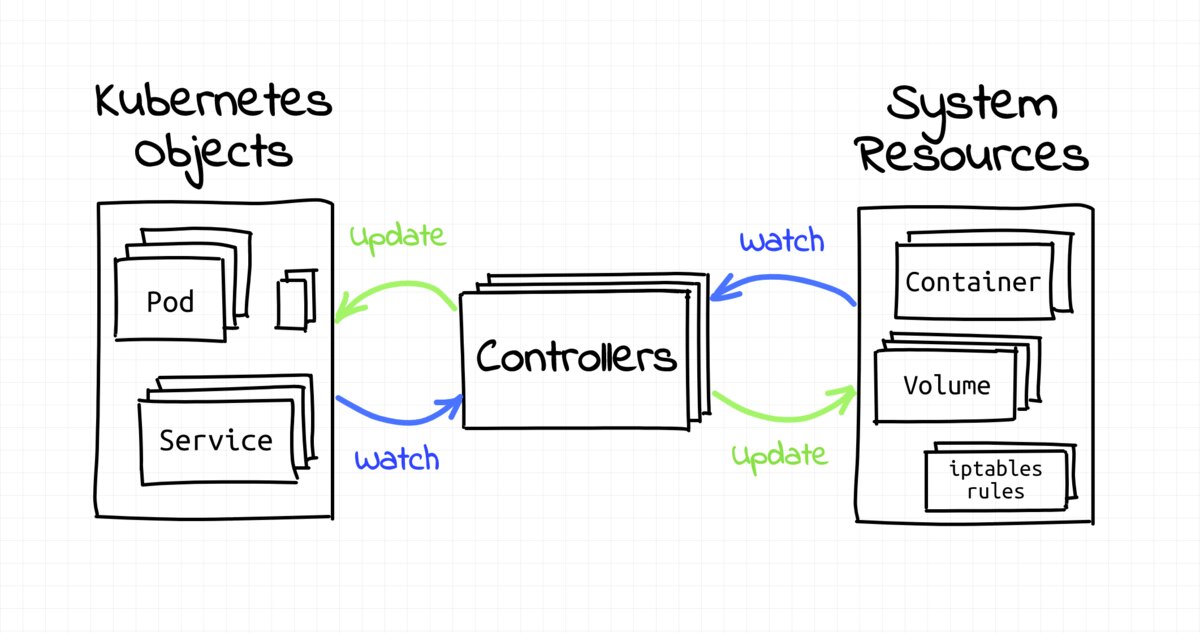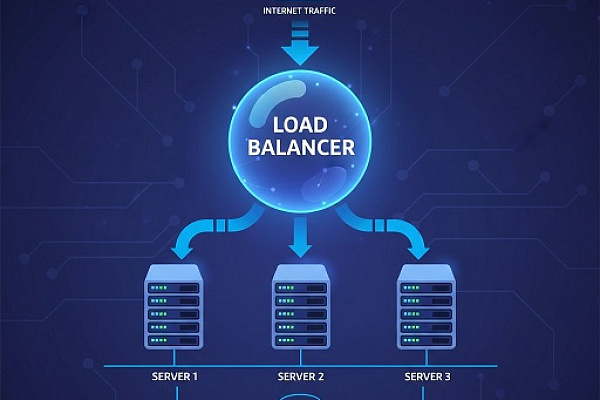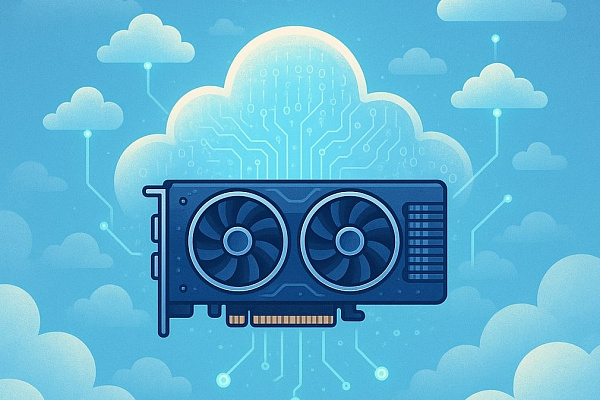Kubernetes (K8s) has become the go-to standard for container orchestration, empowering teams to manage distributed applications efficiently. Yet, myths and misconceptions about its capabilities persist, often leading to misguided decisions. Let’s debunk some of the most common myths to help you make informed choices.
Myth 1: Everyone needs Kubernetes
The idea that Kubernetes is essential for every project — even those not using containers — is a misconception. While microservices offer flexibility, Kubernetes isn’t a universal fix. For small-scale apps or simple workloads, tools like Docker Compose or cloud-managed services might be more practical. Kubernetes demands significant setup and upkeep, so its adoption should hinge on actual needs like scaling, automation, or resilience.
Pro Tip: Platforms like Cloud4Y offer scalable VM infrastructure paired with Kubernetes-compatible tools (e.g., Container Service Extension), simplifying cluster management without overcomplicating smaller projects.
Myth 2: Kubernetes automatically solves scaling issues
While Kubernetes provides tools for scaling, they require careful configuration. Out-of-the-box, it won’t magically optimize your app. You’ll need to:
- Define resource limits (CPU/memory) for containers.
- Set up Horizontal Pod Autoscaler (HPA) for dynamic scaling.
- Design around application state (stateless vs. stateful).
- Implement monitoring and alerts.
Myth 3: Kubernetes is too complex for small teams
Yes, Kubernetes has a learning curve, but managed services and tools like Helm or Kustomize streamline operations. Even a single team member with K8s expertise can handle deployments, though deep troubleshooting may still require Linux or networking knowledge.
Myth 4: Kubernetes is only for microservices
Kubernetes isn’t picky — it manages both microservices and monolithic apps. The catch? Monoliths need containerization first. Once wrapped in containers, K8s can orchestrate updates, scaling, and resource allocation just as effectively.
Myth 5: Kubernetes replaces DevOps
K8s handles container orchestration but doesn’t automate CI/CD, logging, or security. Teams still need to:
- Integrate pipelines (Jenkins, GitLab CI, ArgoCD).
- Set up monitoring (Prometheus/Grafana).
- Manage logs (EFK stack: Elasticsearch, Fluentd, Kibana).
Think of Kubernetes as a powerful cog in your DevOps toolkit, not the entire machine.
Myth 6: Kubernetes guarantees 100% Uptime
Kubernetes boosts fault tolerance but isn’t failure-proof. Network hiccups, flawed code, or infrastructure outages (e.g., node crashes) can still cause downtime. It’s about resilience, not invincibility.
Myth 7: Users need Linux expertise
Basic Linux knowledge helps, but managed platforms abstract much of the complexity. That said, troubleshooting clusters or tweaking networking (e.g., CNI plugins) may require familiarity with Linux internals.
Myth 8: Kubernetes is expensive
Costs depend on your setup. Managed services can be budget-friendly, and K8s optimizes resource use, cutting waste. However, training or hiring skilled staff adds hidden costs. For small teams, serverless options might be cheaper.
Myth 9: Kubernetes is cloud-only
K8s runs anywhere: public clouds, on-prem data centers (via Rancher, OpenShift), or hybrid setups. On-prem deployments do introduce networking and storage challenges, but they’re far from impossible.
Myth 10: Kubernetes is just for developers

K8s thrives on collaboration. Beyond developers, it engages:
- DevOps/SREs for cluster stability.
- Network Engineers for CNI and security policies.
- Security Teams for RBAC and compliance.
In smaller teams, a multitasking IT pro can wear many hats.
Myth 11: Kubernetes works out of the box
K8s needs tailoring to your environment. Expect to configure:
- Networking (Calico, Flannel).
- Storage (persistent volumes).
- Integrations (monitoring, CI/CD).
Without these, it’s like a sports car without tires—powerful but going nowhere.
Myth 12: Kubernetes is only for new projects
Legacy apps can migrate to Kubernetes, but it takes effort. Start by containerizing components, then gradually refactor.
Myth 13: Kubernetes only works with Docker
Docker is just one option. K8s supports runtimes like containerd and CRI-O, with the ecosystem evolving beyond Docker alone.
The bottom line
Kubernetes excels at automating scaling, recovery, and deployment across environments—ideal for microservices or hybrid clouds. It streamlines CI/CD and resource management, and even supports stateful apps like databases.
But it’s not a silver bullet. Simple projects(e.g., a basic website) may drown in unnecessary complexity. Kubernetes shines
where flexibility, resilience, and automation matter—not as a default, but as a
strategic tool for the right challenges.




